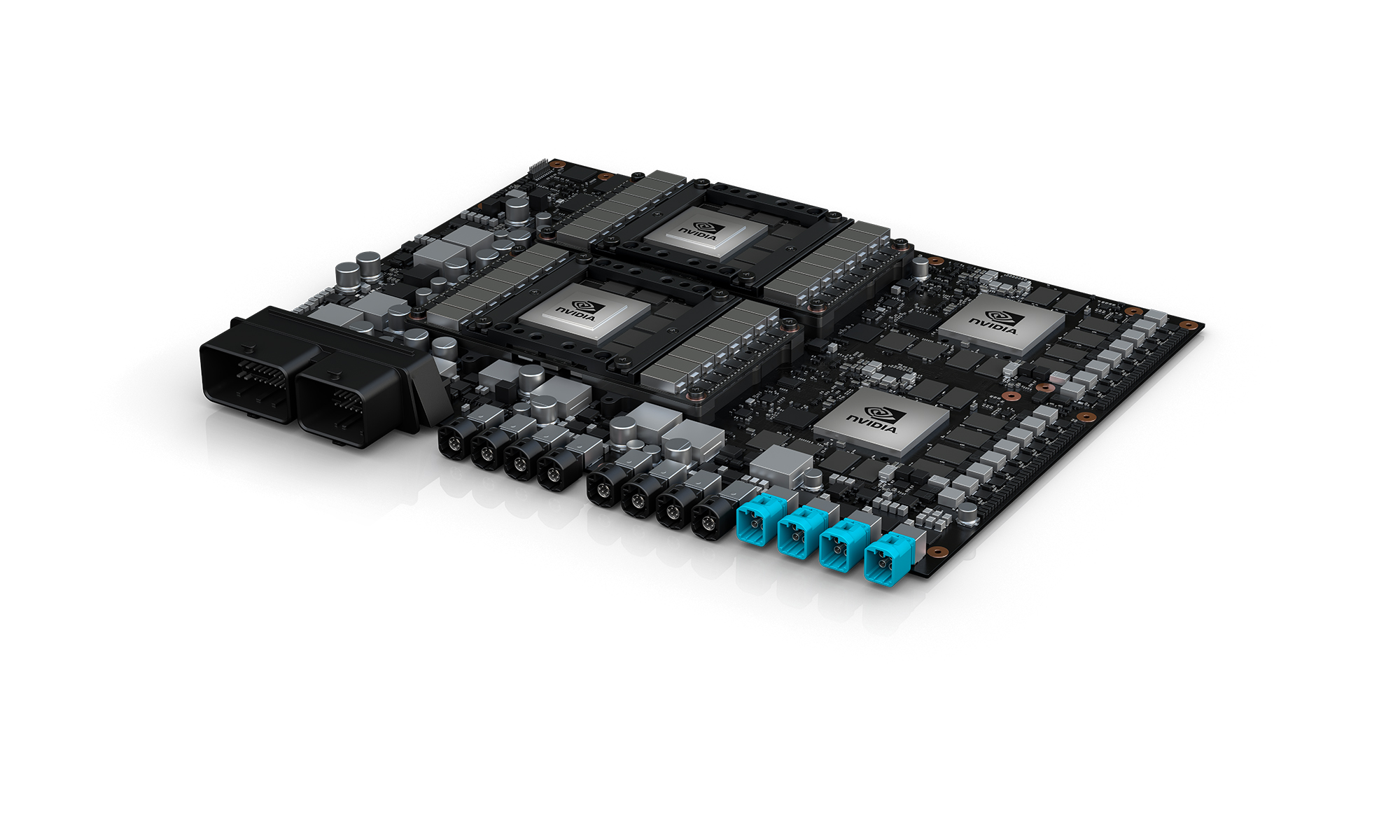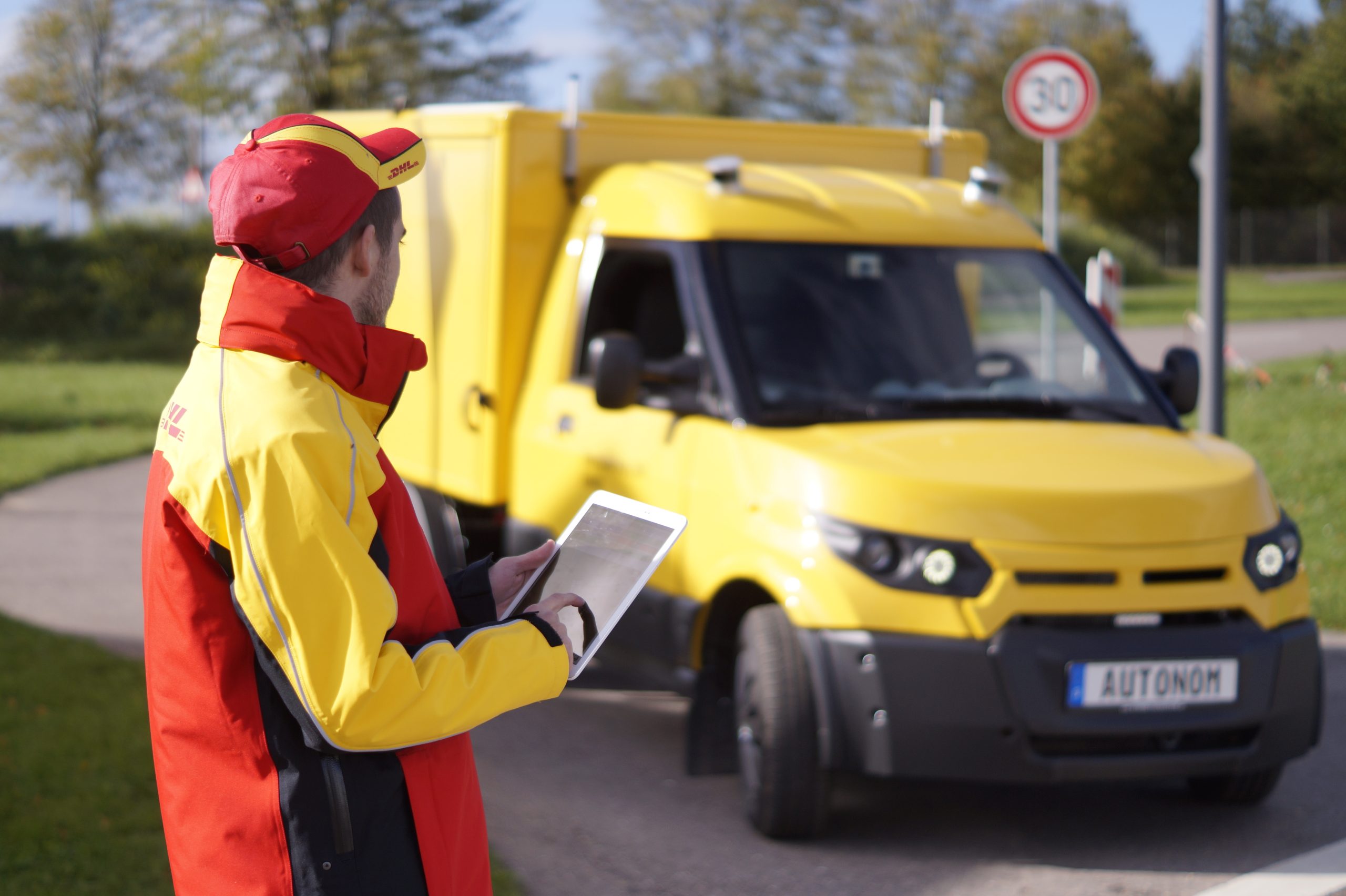On Tuesday, Nvidia announced a new version of its automotive-grade compute platforms, Drive PX Pegasus. It's recognition that the computational needs of fully autonomous (also known as level 5) vehicles are going to be demanding. Such vehicles will have to fuse inputs from multiple sensors and sensor-types, then make sense of it all with no fuss to get us from A to B. "The reality is we need more horsepower to get to level 5," said Danny Shapiro, Nvidia's senior director of automotive.
In 2015, Nvidia first announced its Drive PX platform, which is built around a pair of Tegra processors. Drive PX 2 was next, and this unit is what's found in current Tesla electric vehicles as well as Volvo's Drive Me research program. Then came Drive PX Xavier, a low-power unit which is also being used by Bosch to develop a an automotive computer.
Drive PX Pegasus puts its predecessors in the shade. It's built around a pair of Xavier SoCs, plus another pair of discrete, as-yet unnamed GPUs which will do the heavy lifting when it comes to machine learning and computer vision. There are 16 inputs for sensors like lidar, radar, and cameras, and it can connect to controller area networks (CAN), Flexray, and 10Gbit ethernet. And because humans will be trusting their lives to Drive PX Pegasus, it's been designed for ASIL D certification—the most stringent safety level for automotive applications. At 320 trillion operations per seconds, the latest platform should be more than an order of magnitude more capable than Drive PX Xavier.



 Loading comments...
Loading comments...
